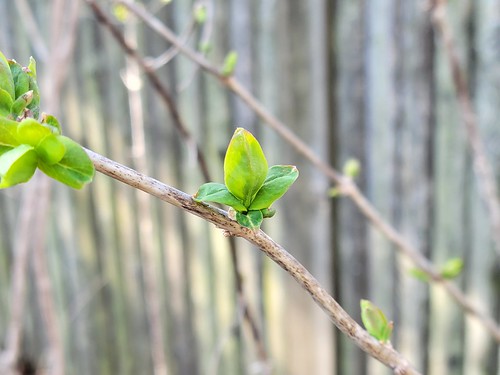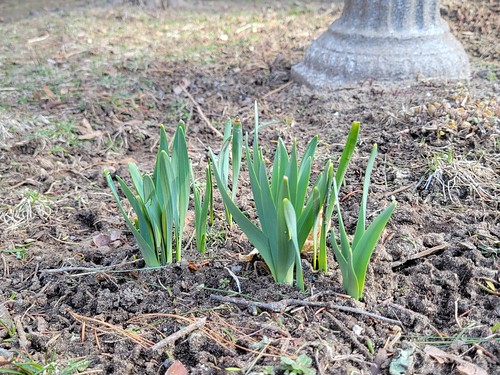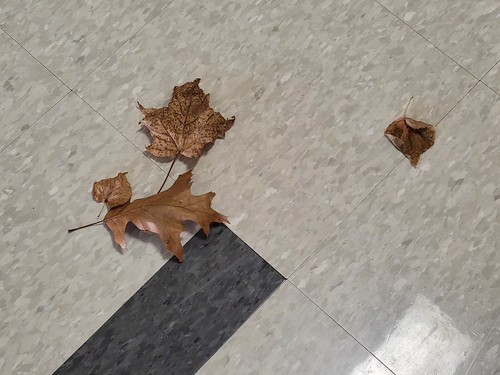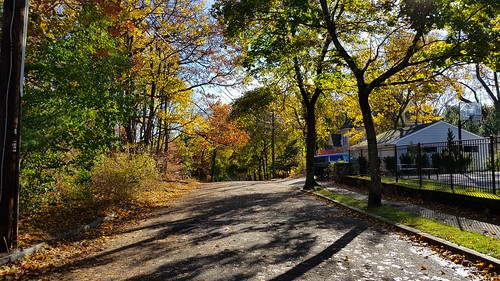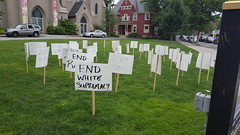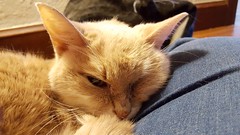It’s been 15 years since Rachel Barenblat started blogging as The Velveteen Rabbi, and recently Rachel suggested that several of our long-time writing friends create a post to mark the occasion. The result was a rambling Google Doc conversation with Rachel, Beth Adams of The Cassandra Pages, Dave Bonta of Via Negativa, Dale Favier of Mole, Natalie d’Arbeloff of Blaugustine, and me: six writers reflecting on 15 years of blogging and the friendships that grew out of it. Below is an excerpt from that conversation.

Buried Temple, by Natalie D’Arbeloff. Acrylic on paper, 37cm x 37 cm.
Rachel: Writing is one of the fundamental ways I experience and explore the world, both the external world and my own internal world. I think it was EM Forster who wrote, “How do I know what I think until I see what I say?” Blogging as I’ve come to understand it is living one’s life in the open, with spiritual authenticity and intellectual curiosity, ideally in conversation or relationship with others who are doing the same.
Dave: At some level, it’s easier to keep blogging at Via Negativa, the Morning Porch, and Moving Poems than it is to stop. Basically I’m an addict. Writing poetry is fun for me — entering that meditative head-space required for immersion in writing. As for the social aspect, I’ve been in, or on the periphery of, several distinct blogging communities over the years, and at one time, we all commented on each other’s sites, but with the rise of social media, most blog commenting went away — and I’m not entirely sure that’s a bad thing. Writing and responding to comments did take up a lot of my time ten years ago, and now that I can scratch that conversational itch on Twitter, or in real life with my partner, I’m OK with most interactions on my blogs being limited to pings. But I must immediately qualify that and admit that Via Negativa is a special case, because for well over half its existence now I’ve enjoyed the virtual companionship of a co-blogger, the brilliant and prolific poet Luisa Igloria, and a small number of occasional guest bloggers as well. I wouldn’t say I’m competitive, but Luisa’s commitment to a daily poetry practice has definitely forced me to up my game. Then there’s Mr. Pepys. My Pepys Diary erasure project grew directly from sociability: my partner and I wanted to read the online version of the diary together, and I worried I might eventually get bored with it if I weren’t mining it for blog fodder.
Lorianne: I am not attached to the medium, but I am attached to the message, and the process of creating/sharing that message. There has been a lot of hand-wringing among bloggers over the “death of the blog,” with long-time (and former) bloggers worried about attention divides between blogs and social media. Where do “I” live if I post in multiple places: on blog, in a paper notebook, on social media? For those of us who do all three, the result can be confusing, distracting, and frazzling…or it can be creative, collaborative, and synergistic.
Dale: I didn’t really expect ever to have readers, so in a way, having readership dwindle is a return to the early days… I’ve outlived some of my personas — I’m no longer recognizeably very Buddhist, and my politics have morphed in some odd ways. I don’t think I’m as salable an item as I used to be 🙂 But the inertia, as Dave said. When I do have something to say and my censor doesn’t step in, the blog is still where I go. It’s been home for fifteen years: my strand of the web… The community that was established way back when is still important to me, and still a large part of my life. And there’s still a lot of value in having a public space. The act of making something public changes it, changes how I look at. I become the viewers and the potential viewers. It helps me get out of myself. It helps me work through my favorite game of “what if I’m wrong about all these things?”
Natalie: Why the hell still blogging? Not sure I am still blogging. I put something up on Facebook whenever I feel like saying hey, listen, or hey, look at this. Then I copy/paste the post to Blogger where I keep Blaugustine going, mainly out of a sense of imaginary duty. The idea that there are some real people out there who may be actually interested in some of my thoughts and/or artwork is undoubtedly attractive, even necessary. I live a mostly hermit life and don’t get much feedback of any kind. But my interior life is very active, all the time, and having a tiny public platform online where I can put stuff is really helpful. To be perfectly honest I think that’s about it for me and blogging at present. I don’t do any other social media, it would all take too much time which I’d rather devote to artwork.
Beth: I think a lot of it has to do with a sense of place. My blog is like a garden or a living room that I’ve put energy and thought and care into as a place that’s a reflection of myself and is hopefully welcoming for others.. The discipline of gathering work and talking about it coherently has been extremely good for me and for my art practice. And I’ve also really appreciated and been inspired by other people who do the same, whatever their means of expression. There’s something deeply meaningful about following someone’s body of work, and their struggles, over not just months but years. In today’s climate of too-muchness and attention-seeking and short attention spans, I feel so encouraged and supported by the quiet, serious doggedness of other people like me!


